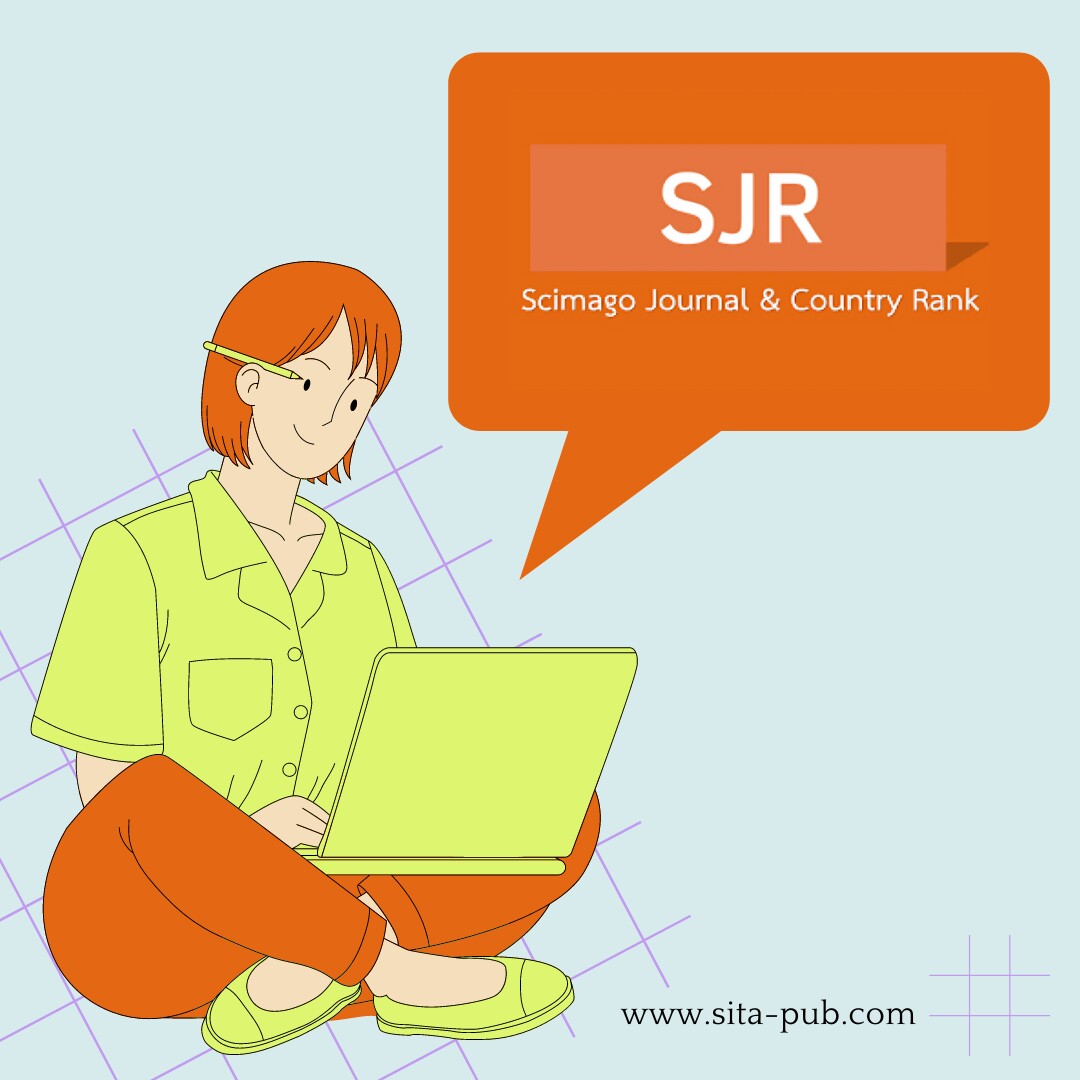Understanding SCImago Journal Rank (SJR)


The SCImago Journal Rank (SJR) is a popular tool used to measure the impact and quality of academic journals. Created by the SCImago Lab, this journal ranking system helps researchers decide where to publish their work effectively.

Citation-Based Metric: SJR looks at how many times articles in a journal are cited by other researchers over three years. It not only counts the citations but also gives more importance to citations from well-respected journals.
Comprehensive Database: SJR uses information from the Scopus database, which includes many journals from different fields, making it a reliable source for checking journal quality assessment.
Field Normalization: SJR adjusts for differences in citation habits across different subjects. This means it treats all fields fairly when comparing journals.
Guiding Publication Choices: Researchers use SJR to find journals that match their research topics. Journals with higher SJR scores are usually seen as more prestigious, which can enhance research visibility.
Career Advancement: Publishing in high-SJR journals can help researchers achieve academic career advancement, as many institutions value these rankings.
Funding Opportunities: Research grants often favor publications in well-ranked journals, making SJR important for securing research funding.
Researchers can find SJR rankings on the SCImago Journal Rank website. Here, they can search for specific journals, view rankings by subject area, and see trends over time.
Impact Factor (IF): The IF measures citations over two years, while SJR uses a three-year period and considers the quality of the citing journals.
h-index: The h-index measures how often a researcher’s work is cited, while SJR focuses on the journal itself. Both are useful but measure different aspects of journal citation analysis.
While SJR is helpful, there are some criticisms:
Biases: Some fields may have more citations, which can affect rankings.
Self-Citations: Journals might increase their rankings by citing their own articles too much.
Field Variability: Different fields have different citation practices, making comparisons harder.

Here are some tips for understanding SJR rankings:
Look Beyond the Number: Consider the journal's focus and audience, not just its ranking.
Consider Field Norms: Understand how citation habits in your field can affect rankings.
Use Multiple Metrics: Look at SJR along with other metrics for a complete view of journal quality.
As academic publishing changes, tools like SJR may also evolve. Researchers should keep up with these updates to adjust their publication strategies.
The SCImago Journal Rank is an important tool for researchers who want to publish effectively and increase their academic impact. By using SJR, scholars can make smart choices about where to submit their work, helping them grow in their careers and contribute to their fields.
If you have any questions, inquiries, or would like to learn more about our services, please don't hesitate to reach out to us. Our dedicated team is ready to assist you.